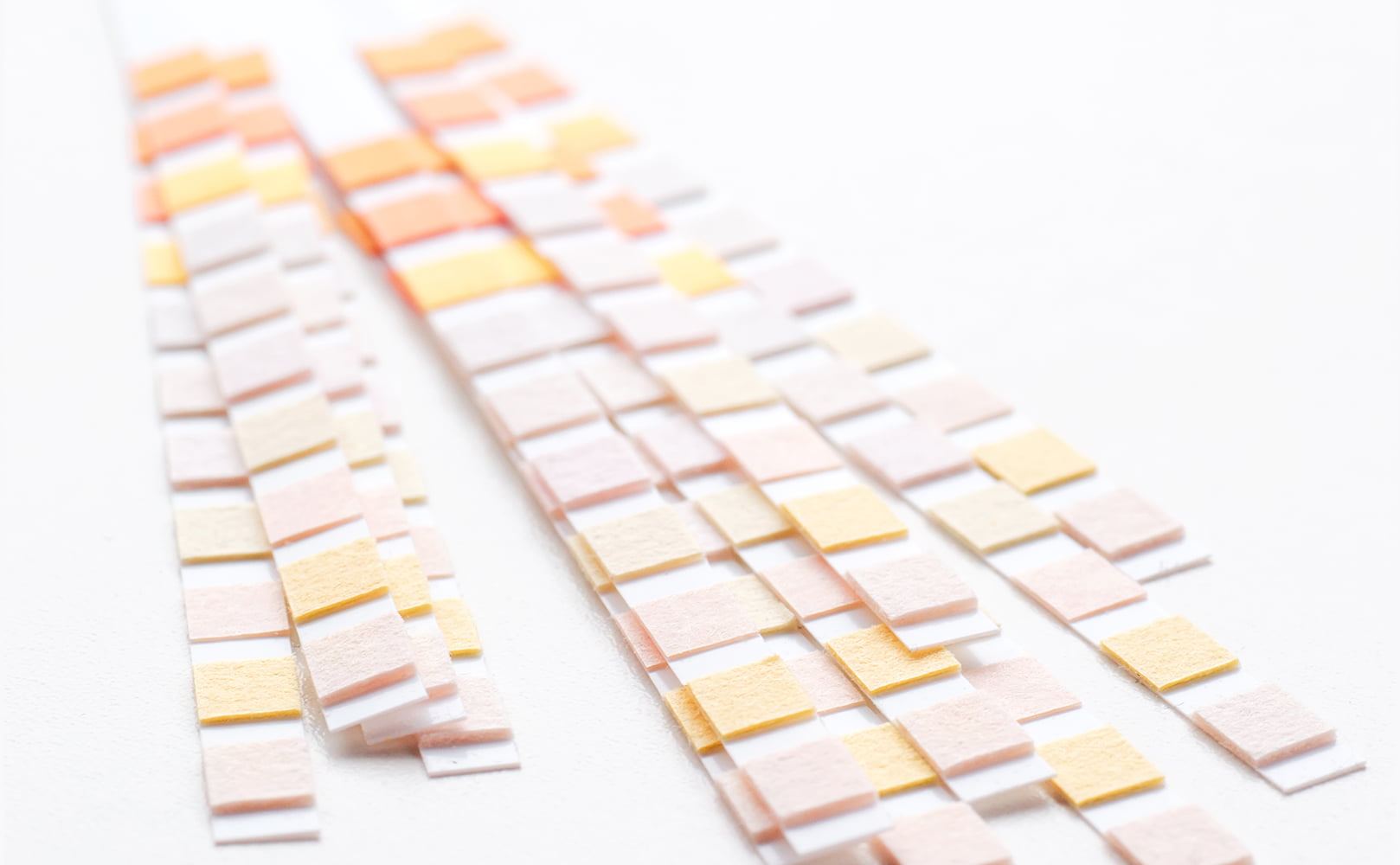Do Water Ionizers Remove Fluoride?
Written by: Alexandra Uta // Last Updated: Sep 15, 2023
This page may contain affiliate links. If you buy a product or service through such a link we earn a commission at no extra cost to you. Learn more.
Although fluoride is healthy in moderate amounts, an overdose can cause damage to teeth, bones, and other body tissue.
That’s why many people buy water ionizers – to eliminate fluoride in their drinking water.
However, can you really bank on a water ionizer to keep you safe from fluoride?
This article will help you examine the facts about water ionizers and answer the question: Do water ionizers remove fluoride?
Key Takeaways
- A water ionizer without pre-filter can only remove about 20% of fluoride from water.
- Water ionizers using a suitable pre-filter can remove up to 99% fluoride.
- Reverse osmosis, distillation, bone char filtration, and activated alumina are other reliable ways to remove fluoride from water.
Does a Water Ionizer Remove Fluoride?
Without an additional pre-filter, water ionizers do not remove a substantial amount of fluoride from water. Typically, water ionizers only remove about 20% fluoride, leaving behind most of it.
However, when water ionizers come with a pre-filter designed to remove fluoride, the whole setup can eliminate up to 99% of fluoride content.
Choose the Right Pre-Filter!
A pre-filter is an extra stage that filters water before it flows into the main ionizing system.
If drinking water contains excessive amounts of fluoride, you must use the right pre-filter for your water ionizer; one that is specifically designed to remove fluoride.
Pre-filters that work in this case can be made from bone char or activated alumina.
What’s a Water Ionizer Anyway?
A water ionizer is a portable appliance that uses electrolysis to increase the pH of drinking water, making it more alkaline.
Although the health benefits of alkaline water need to be further investigated from a scientific standpoint, it is generally considered safe for use.
Other Ways to Filter Fluoride from Drinking Water
Apart from using water ionizers, there are other, more effective ways to remove fluoride from drinking water:
Reverse Osmosis Systems
Reverse osmosis forces water through a semipermeable membrane that blocks the passage of fluoride.
RO systems are highly effective; they remove over 90% of fluoride and other, dangerous water impurities and contaminants.
Reverse osmosis systems come in form of under sink, countertop, and whole house units.
Distillation
Water distillation involves vaporizing and condensing water to separate it from any contaminants.
When the water evaporates from the boiling chamber (first stage in a water distiller), contaminants stay back and the clean water is condensed into a separate chamber.
Distillation is a water purification process that removes most impurities from water, including fluoride.
Bone Char Filtration
This method uses charred animal bones as a medium to separate contaminants from water.
Although not as common as other filters, bone char systems effectively remove fluoride. They also get rid of some heavy metals and radioactive particles.
Using Activated Alumina
Activated alumina is a filtration media that is formed by dehydrating aluminum hydroxide. This media absorbs water contaminants, and it works well for removing fluoride, too.
The amount of fluoride removed by an activated alumina filter depends on the amount of alumina used and the pH level of the water. With a pH of about 5 to 6, AA can reduce fluoride from 10 to 1 ppm.
Whatever method you choose, ensure that the filter you buy has an NSF 53 certification. If you’re going for an RO system, look out for NSF standard 58.
What Is Fluoride, and Why Is It Added to Our Drinking Water?
Fluoride is a salt form of fluorine that occurs in trace quantities in natural water sources.
Fluoride is known to reduce tooth decay. That’s exactly why many community water supplies add fluoride to their water.
Often, water naturally contains some fluoride, but not enough to prevent tooth damage. Thus, in 1962, the US Public Health Service recommended that fluoride be added to drinking water to reduce tooth problems, especially in children.
However, there are discrepancies surrounding the benefits of fluoride in drinking water. For example, coffee, processed foods, and certain medicine all contain fluoride, and people who consume them often already ingest more than the recommended daily intake.
Drinking water that contains fluoride would only result in an overdose, which may have negative health effects. Consuming excess amounts of fluoride could cause:
- Teeth discoloration and disfiguration
- Skeletal pain and rigidity that may lead to disability
- Thyroid problems
- Learning disabilities in kids
- Low cognitive abilities
- Sleep disorders
How to Find Out If There’s Fluoride in Your Water
If you want to know if your drinking water contains fluoride, here are your options:
Contact Your Local Water Utility
If you contact your local government or water utility, they can tell you whether your water contains fluoride. They’ll also specify how much fluoride is present.
Contacting your local water utility is the easiest way out. However, you cannot use this option if you own a private well.
Do a Professional Lab Test
You can take a water sample to a certified laboratory for testing. This option is expensive and may take some time, but it helps you know the exact quantity of fluoride and, if you want, of every other contaminant in your water supply.
To get the best results, use a reputable EPA-certified laboratory. You must also follow all the laboratory’s guidelines, including what type of sample bottles to use.
Use Fluoride Test Strips
These are strips that are designed to detect the presence of fluoride in water. To use them, you’ll add some water to a glass and dip the strip in for about five seconds.
Then, you’ll check the color indicator on the strip to get your results. Test strips usually come with a chart that explains how to interpret the color you see.
Fluoride test strips are easy to use, plus they are cheap to get, but they might not be very accurate.
Use Reactive Testing Kits
These are kits that work like fluoride water test kits. To use them, gently mix your water and the liquid reagent in a disposable bottle. If your kit comes with a photometer, place the sample in the photometer and wait for it to display the results. Alternatively, the kit may have a color chart that explains the results based on the color of the mixture.
As long as you follow the instructions closely, reactive testing kits are accurate for checking for fluoride in water.
Water Fluoridation in the USA — a History
Today, many community water suppliers in the USA add fluoride to their water in order to improve its quality, but it hasn’t always been that way. There’s a story behind it:
- In 1901, teeth discoloration was rampant in Colorado Springs. This caught the attention of Frederick McKay, a young dentist who had just moved to the area to practice. He also observed that despite having a weird color, the teeth of people in that area were strong and highly resistant to decay. With the help of H.V Churchill, a chemist, he later discovered that this weird occurrence was caused by the high fluoride content in the drinking water. Fluoride made their teeth strong, but because they consumed too much of it, it caused discoloration.
- In the 1930s, Public Health Service (PHS) investigations showed that drinking water with 1 ppm of fluoride would make people’s teeth strong and resistant to decay without causing discoloration. So, in 1945, Grand Rapids in Michigan decided to add fluoride to their public water, becoming the first city to make that move. That led to a significant drop in dental caries cases across the city.
- In 1962, the PHS allowed communities to add fluoride to the public water at 1.0 mg/L.
- In 2015, the figure was appropriately modified and reduced to 0.7 mg/L. Today, most communities add fluoride to their water at 0.7 mg/L to protect people, especially children, from dental caries.
If you have any thoughts about the question, does a water ionizer remove fluoride, please don’t hesitate to leave a comment below!
Information provided on BOS is for educational purposes only. The products and services we review may not be right for your individual circumstances.
We adhere to strict editorial guidelines. Rest assured, the opinions expressed have not been provided, reviewed, or otherwise endorsed by our partners – they are unbiased, independent, and the author’s alone. Our licensed experts fact-check all content for accuracy. It is accurate as of the date posted and to the best of our knowledge.



